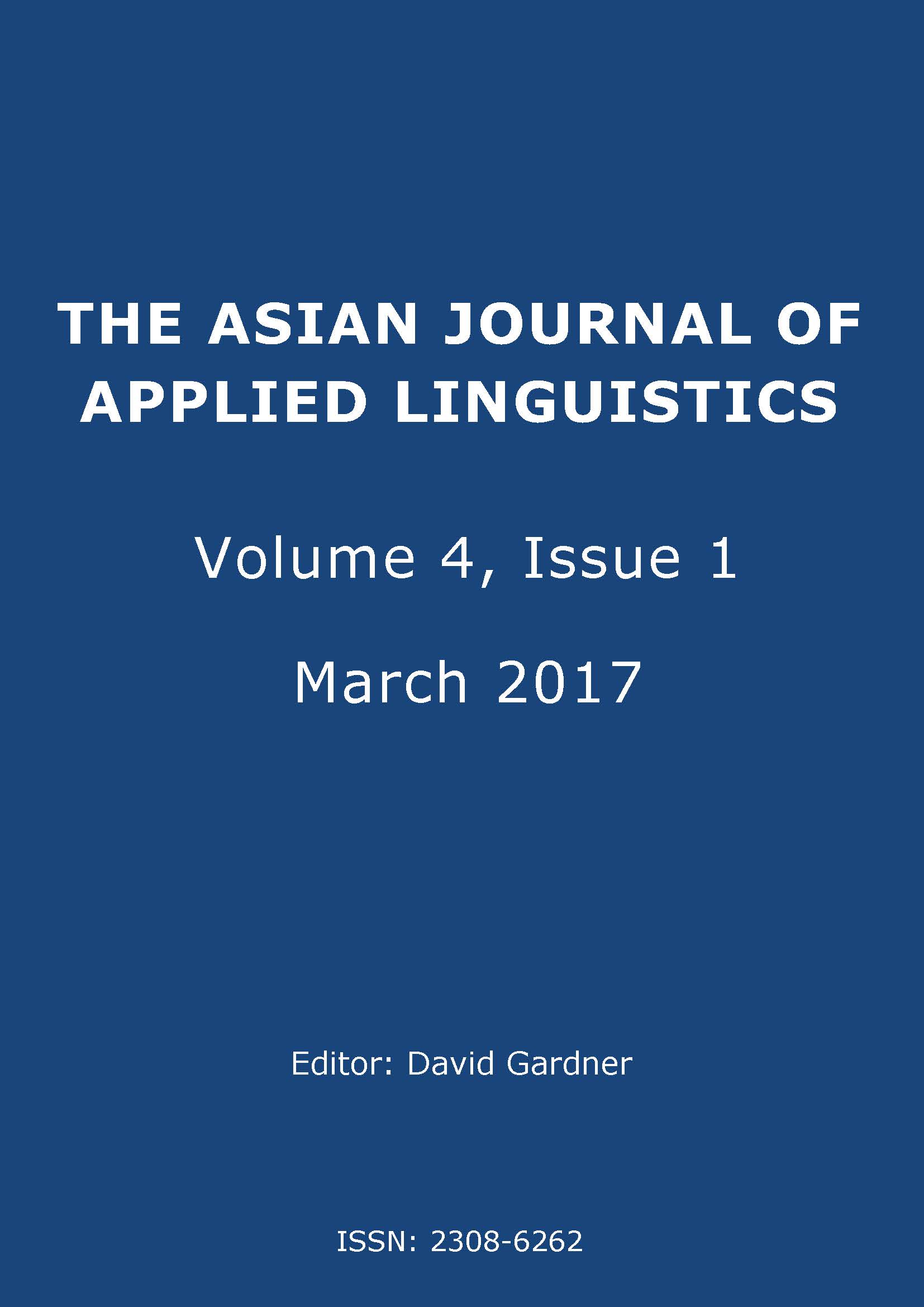Use of online English songs in fostering morphological awareness: A small-scale experimental study
Keywords:
morphology, English song, receptive knowledge, productive knowledge, EFL, Chinese learnersAbstract
This paper reports on a case study describing the development of students’ morphological awareness over one academic semester using online English songs. It outlines the use of two tests to measure the receptive and productive knowledge of three types of morphology: inflection, derivation, and compounds. The participants were 80 Chinese EFL students divided into a control group and an experimental group. The former received typical explicit instructions on morphology only while the latter received the same instructions accompanied by online English songs. Results reveal that both groups demonstrated an improvement in learning morphological knowledge. However, the group using online English songs tended to achieve higher scores than the group without access to the songs. This distinction was also consistent in the retention post-test of morphology knowledge. Data collected from interviews further confirmed these findings. Although results showed an overall increase in scores at the end of the course with the gap between receptive and productive knowledge of morphology bridged, the receptive and productive knowledge of compound words actually widened.
Downloads
Published
Issue
Section
License
Authors who publish with this journal agree to the following terms:
- Authors retain copyright and grant the journal right of first publication.
- Authors are able to enter into separate, additional contractual arrangements for the non-exclusive distribution of the journal's published version of the work (e.g., post it to an institutional repository or publish it in a book), with an acknowledgement of its initial publication in this journal.
Note: Authors are encouraged to post copies of their AJAL published papers to their own institutional or personal/professional websites along with a link to the original paper at the AJAL website. This will assist in diseminating their work as well as raising awareness of the journal.

